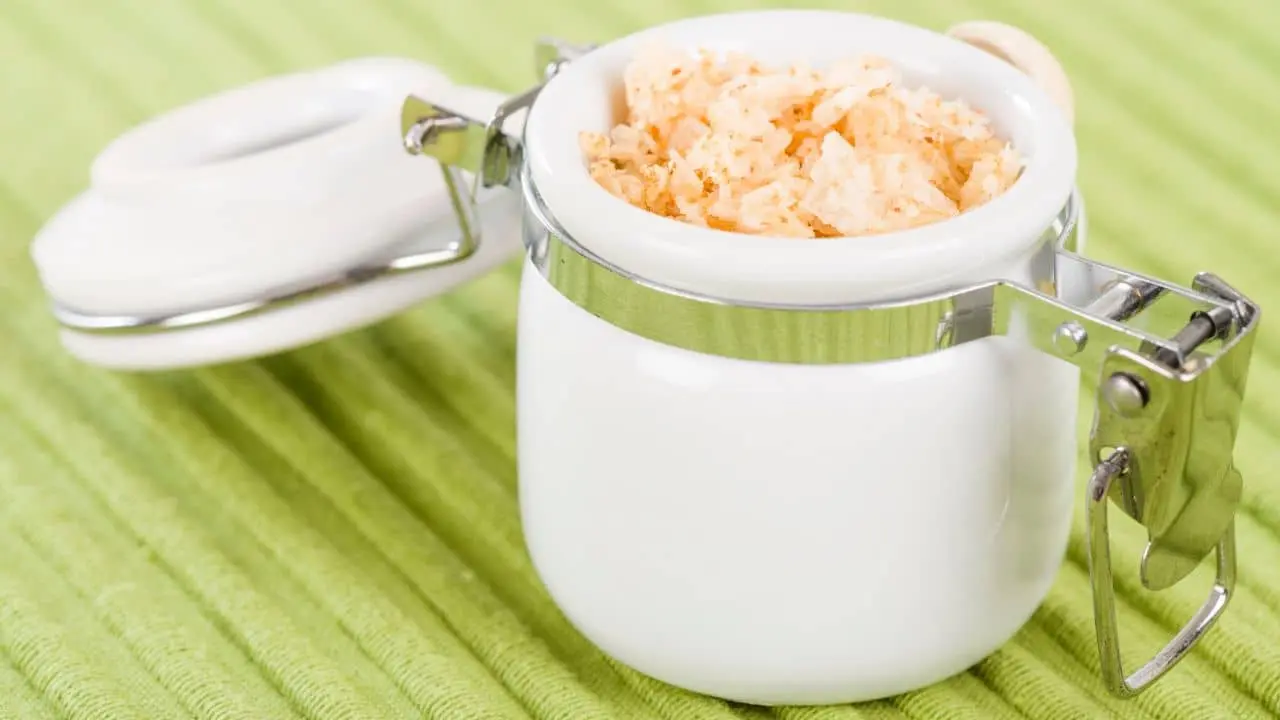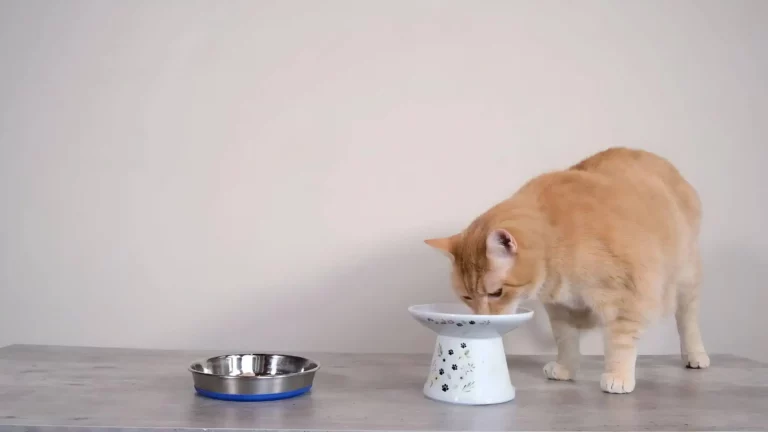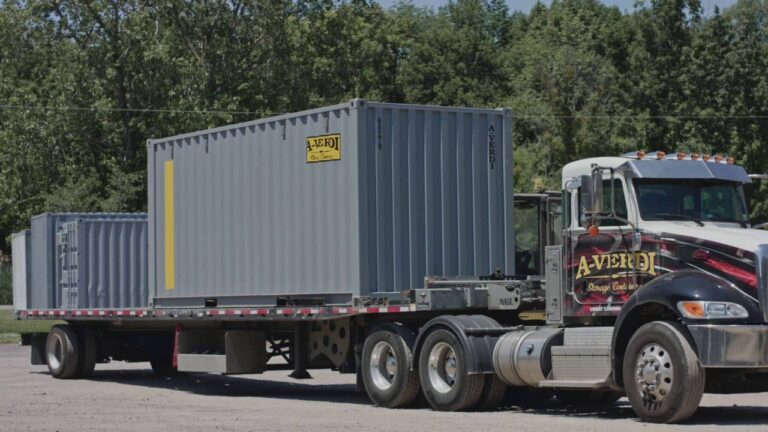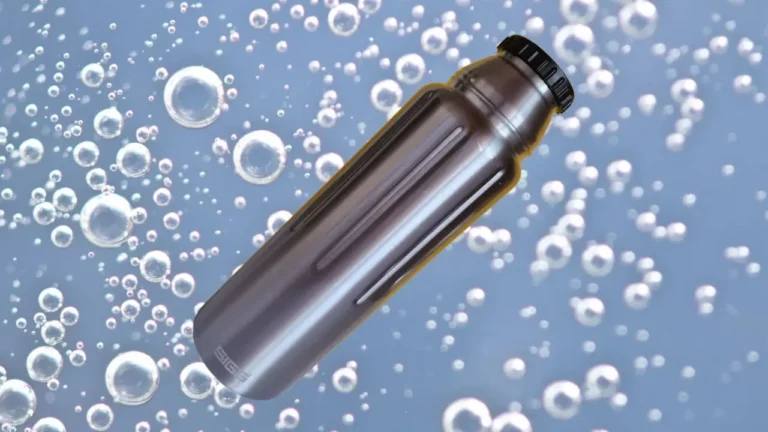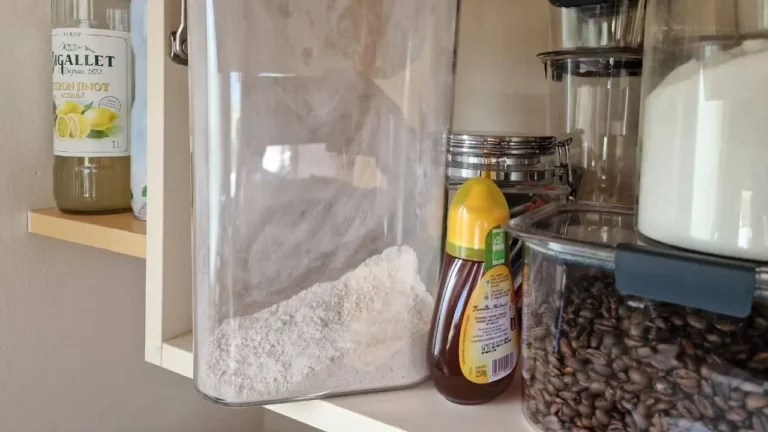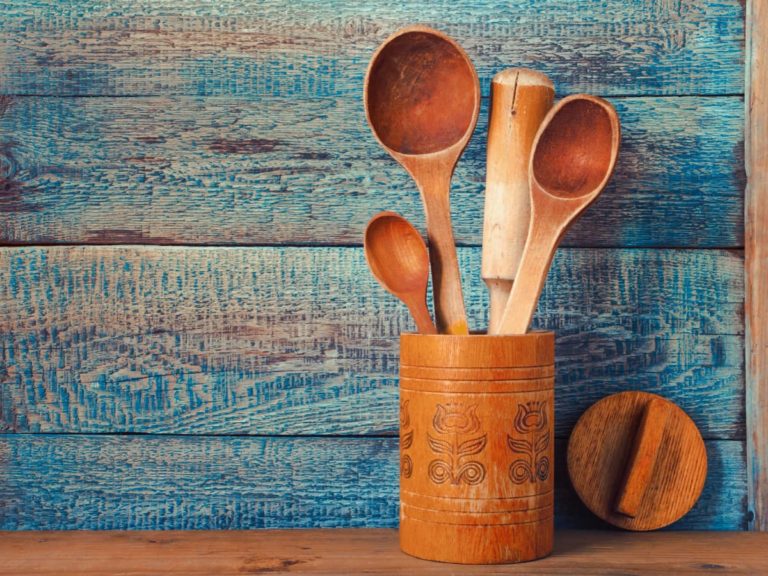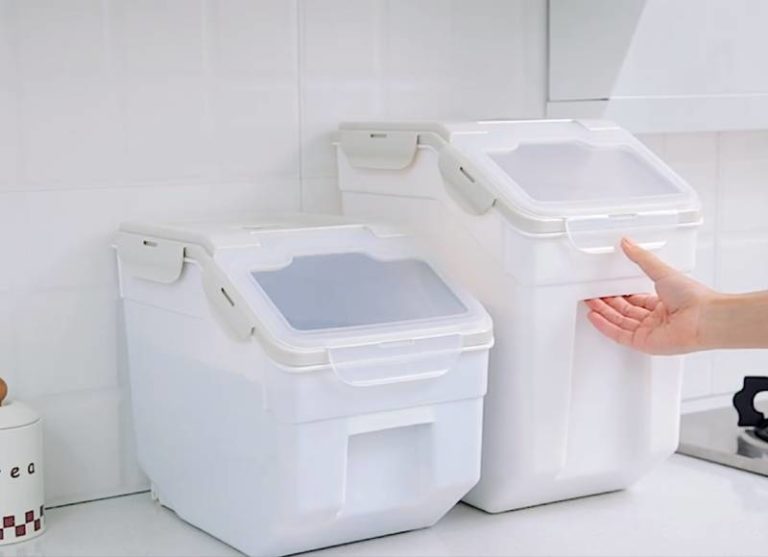What Is The Best Material To Store Salt? (What You Need to Know)
Whether for health benefits, food preservation, or flavoring purposes, there are many reasons you may want to keep a stock of salt. But what is the best material for salt storage?
You can safely store salt in ceramic or clay containers as these materials will prevent air and moisture from entering. Glass is also a good option for storing salt because it’s impermeable and inert.
Keep reading to learn more about the best and worst materials to keep salt, as well as some handy tips to extend its shelf life.
3 Materials That Will Keep Your Salt Fresh and Secure
Not every container is right for storing salt.
Because salt is hygroscopic, it easily absorbs water from the surrounding environment. If this happens, the salt will become damp and clumpy.
The material of the storage container should address such issues to prolong the salt’s shelf life.
#1 Storing Salt in Ceramic Containers
Ceramic pots are an excellent material for storing salt. It does a fantastic job of keeping excess moisture away from the salt.
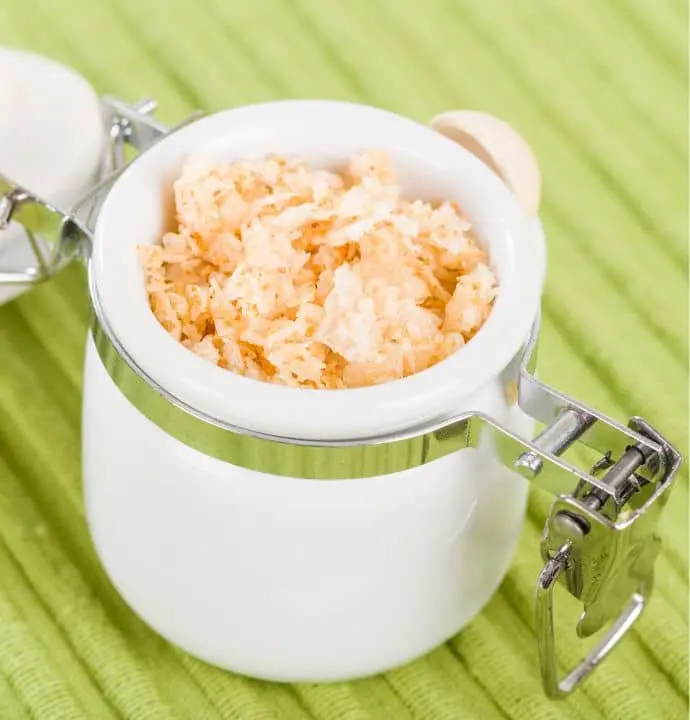
That’s mainly because most ceramic containers that are meant to store food are efficiently air-tight. So, any salt inside the pot will stay stable for a long time.
Additionally, ceramic is a non-toxic material. You won’t have to worry about harmful chemicals leaching into the salt as in the case of plastic or metal.
Also, ceramic containers are known to be non-reactive. Their material will never clash with salt, preventing potential contamination.
Not to mention, ceramic material has preservative properties. It doesn’t support the growth of bacteria, fungi, and other microbes.
Remember, you’ll need to seal the ceramic container with a plastic or cork lid (if it doesn’t have one) to create an air-tight unit.
#2 Storing Salt in Clay Containers
Clay is another suitable material for storing salt.

It’s a natural product dug from the earth that’s modeled, baked, and glazed into various shapes of containers. In other words, clay is malleable silica.
Generally speaking, clay doesn’t is non-reactive when sealed. The stability of clay means that salt won’t react with it, so both materials will keep their original form.
Additionally, clay is a naturally porous, hygroscopic material. This means it can absorb and de-absorb humidity from the air to create a dry environment for salt.
As with ceramic containers, you’ll need to seal the clay container with a plastic lid to create an air-tight unit.
#3 Storing Salt in Glass Container
Last but not least, glass makes for a great material to store salt.
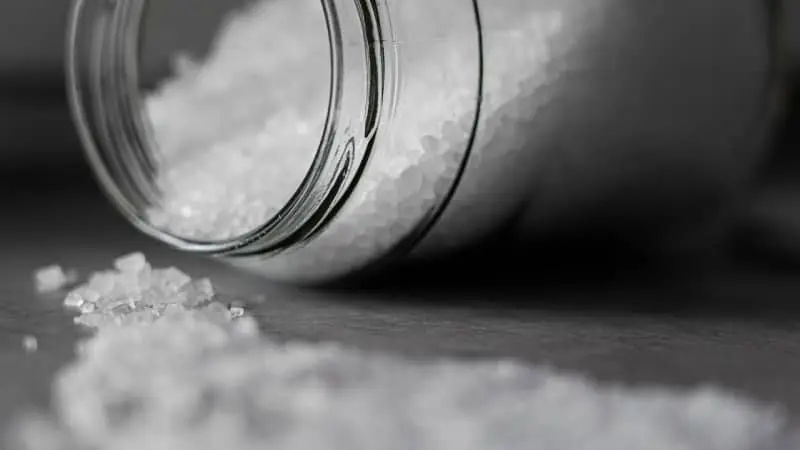
Glass is generally non-reactive thanks to its highly stable chemical structure. You can rest assured it won’t interact with the salt, ensuring the integrity of both materials stays intact.
I always recommend a mason jar-style glass container for storing salt. I particularly like Le Parfait Jars because they’re heavy-duty and feature a strong rubber air-tight seal on glass lids.
Salt Storage Tips: Keep Moisture at Bay to Preserve Your Salt
Knowing the most suitable materials for storing salt isn’t the only factor that affects its shelf life. Here’s what you should also consider:
Location
The surroundings of the salt container play an important role in salt stability.
So, where should salt be stored?
You need to keep it in a dry and dark spot. Damp places pose a greater risk of the salt absorbing moisture and ruining its integrity.
Types
Some types of salts have longer shelf lives than others.
If you’re storing table salt or iodized salt, it’ll last a maximum of five years before its chemical composition starts to change.
Sea salt and rock salt are much more stable, so they’re better options for long-term storage.
Additional Protection
You’ve probably heard of the rice method for saving mobile phones after they accidentally get wet.
But did you know you can also use rice to boost the shelf life of salt?
That’s because rice grains are known for their water absorption properties. As such, they can help keep the salt dry by soaking up moisture from the environment.
Simply add some uncooked grains of rice to the salt container or shaker. This can also keep the salt from clumping.
3 Containers to Avoid for Salt Storage: Keep Your Salt Fresh and Secure
Now that you’re familiar with the ideal materials and conditions for storing salt, you should also be aware of the type of containers that are a no-go for salt storage.
Metal Containers
Can we store salt in steel containers?
I get that question a lot with the rising popularity of using metal containers for storage, whether for their sleek look or repurposing to save some cash.
Unfortunately, the answer is no. Metal containers are one of the worst materials to store salt.
It’s not that metal allows air or moisture inside the container. The problem is the interaction between salt and metal.
Salt can accelerate the rusting of metal due to its corrosive properties. If this happens, the corroded metal will contaminate the salt.
Plastic Containers
A lot of people believe that plastic is a good option for storing salt because it doesn’t allow air and humidity to pass through its walls and inside the container.
However, plastic is a bad idea for salt storage.
While it can keep the salt dry, it’s unsafe because the chemicals from the plastic can leak into the salt over time. This phenomenon is known as plastic leaching.
If you still want to use a plastic container to make use of its air-tight property, be sure not to place the salt directly inside.
You can just leave the salt in its original packaging and put that inside the plastic container.
Cardboard Containers
I mentioned above that salt can easily absorb water from the surrounding atmosphere, turning wet and clumpy. Cardboard containers are a bad choice for salt storage because they let this scenario happen.
Cardboard is a very porous and breathable material. This means it’ll allow air and moisture into the container.
If you keep the cardboard container close to a smelly item, the odor will also make its way into the salt.
Conclusion
Clay, ceramic, and glass are the best materials to store salt. They won’t react with the salt and they can effectively keep moisture and air out.
However, the opposite will happen in the case of cardboard containers. Also, metal and plastic are unsafe due to the presence of harmful chemicals.
As always, feel free to comment below if you have any questions or entries!
Sources
- Britannica: clay mineral
- Ball State University: How Nonreactive can a Material Really Be
- ACS Publications: Plastic Products Leach Chemicals

